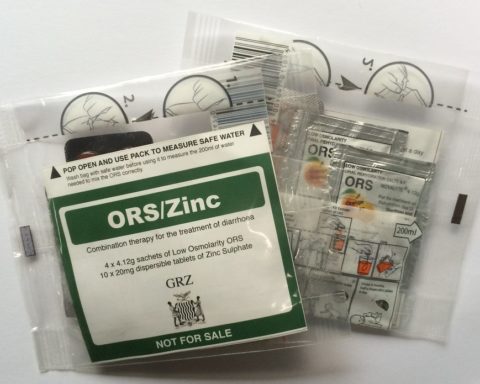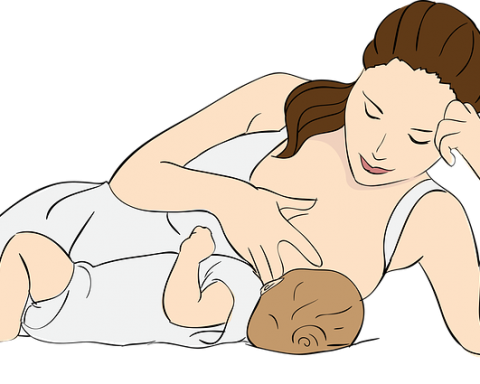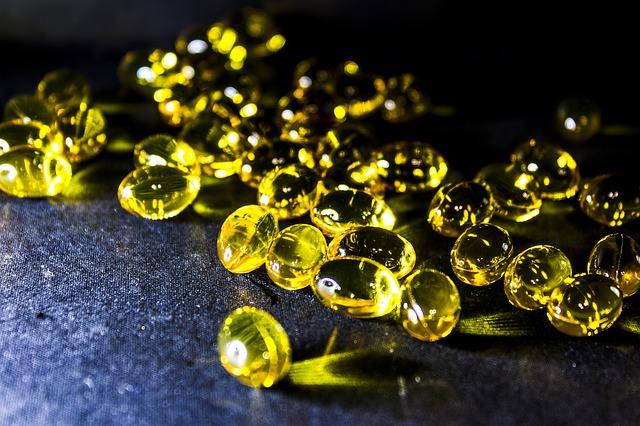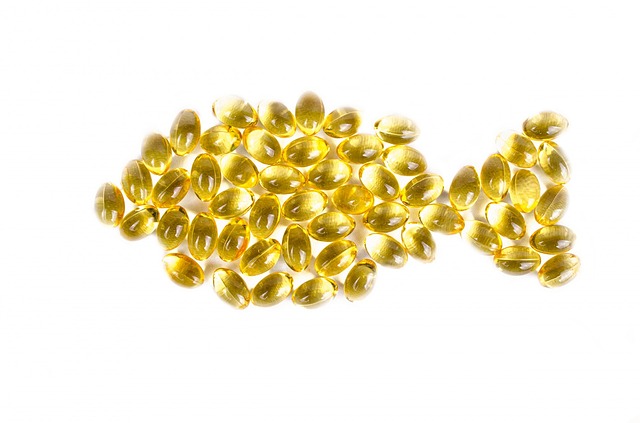Persistent organic pollutants (POPs) as well as chemical substances that adversely affect health and are resistant to environmental degradation may have an affinity for human fat tissue. These substances can accumulate and may occasionally be released, interfering with lipid metabolism, sensitivity to insulin, and other endocrine functions.
Also, early life exposure to POPs has been linked to several health issues, including low birth weight, delayed cognitive development, thyroid malfunction, and higher frequencies of infectious diseases.
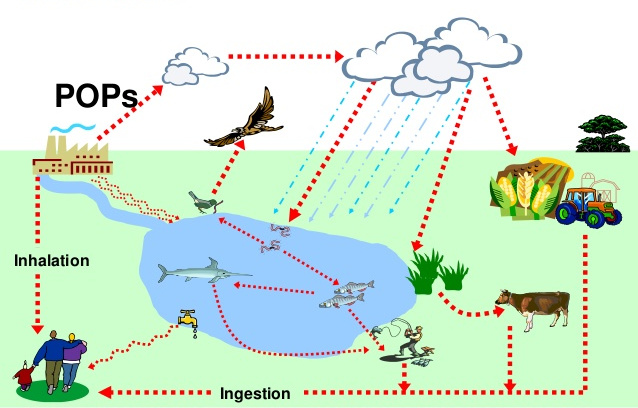
Many of these compounds are already banned. However, some of them (used for incineration processes, chemical manufacturing, insecticides, and fertilizers) can be found in human fat. Their role in the development of certain diseases has been proven.
An Investigation
A team of Swedish scientists conducted a study titled “Environmental Organic Pollutants in Human Milk Before and After Weight Loss” to investigate whether or not the release of toxic compounds from the mother’s fat during lactation—especially from mothers with significant weight loss—could modify the composition of breast milk and, therefore, affect the baby’s health. The study was published in Chemosphere.
Initially, sixty-eight women with reported prepregnancy obesity (BMI 25 to 35) were recruited at up to eight weeks postpartum. To be included in the study, the women had to breastfeed for at least six months, and less than 20 percent of the baby’s food intake was provided by infant formula.
The mothers also had to be nonsmokers and free from serious illness. The baby had to be a singleton born at full-term, have a birth weight over 2,500 grams, and be free of serious illness.
In total, thirty-two obese, lactating women completed the study. In the study, they participated in a weight loss program, during which several samples of their breast milk were analyzed to determine the presence of harmful compounds and their possible toxicity in children. All samples were taken and then compared later.
Results
At the beginning of the study, which lasted twenty-four weeks, almost all the mothers exclusively breastfed their children. In the end, only two were still breastfeeding, and they started to include complementary foods from the fourth month onward. Absolute intake remained stable due to decreased breastfeeding after beginning complementary foods and due to lower demand at five to six months of age.
Of the thirty-two participants who completed the study, twenty-seven had significant weight loss.
The POPs concentration was very different among all the women, but in those who did not lose weight, the concentration decreased over time. On the other hand, the POPs concentration increased significantly in those who lost a lot of weight. More than one toxic compound was found in the breast milk of that group.
An important limitation of this study is that only obese women were included, making the results for normal-weight women uncertain. In addition, the weight loss was limited to an average of 0.45 kg/week, and the women were only followed for twenty-four weeks. Therefore, it is not possible to draw conclusions about changes in POPs levels for cases of higher weight loss or for the whole nursing period.
Moreover, the researchers encountered ethical difficulties related to weight loss beyond what the researchers considered safe. The weight loss rate recommended for lactating women is no more than 0.5 kg per week. There is no reason to lose weight any faster than this to achieve a sustainable weight loss. Because researchers cannot tell if POPs concentrations in breast milk would increase with higher weight loss, new studies are needed.
The lack of data on toxicity caused by high POPs exposure during early infancy makes its health consequences still unclear. However, there are many studies showing associations between breastfeeding and beneficial health effects in spite of the presence of contaminants in human milk. Therefore, breastfeeding is still encouraged. Consult a doctor before starting any new intervention during pregnancy.
Reference
Lignell, Sanna, Anna Winkvist, Fredrik Bertz, Kathleen M. Rasmussen, Anders Glynn, Marie Aune, and Hilde Kristin Brekke. “Environmental Organic Pollutants in Human Milk Before and After Weight Loss.” Chemosphere 159 (2016): 96-102. Retrieved from https://www.sciencedirect.com


